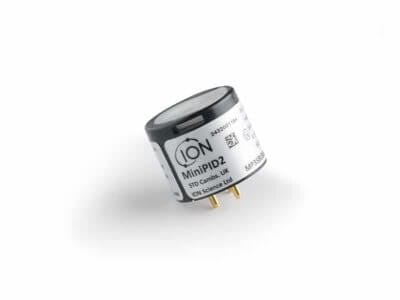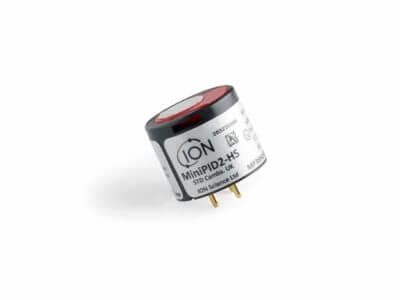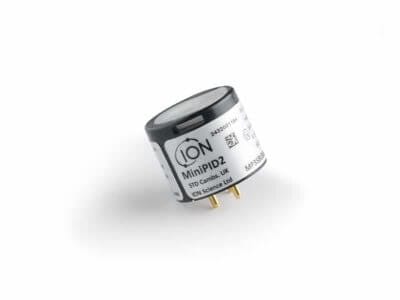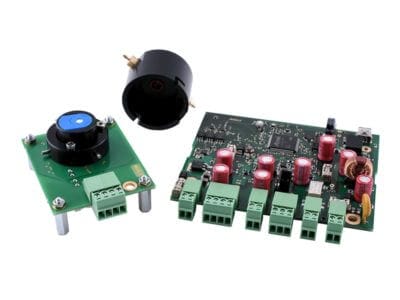
Monitoring VOCs Indoors
Photoionisation detection (PID) was invented by James Lovelock in the 1960’s
The legal limits on emissions of and exposure to VOCs vary from place to place, and are set by authorities including the European Union and the United States Occupational Safety and Health Administration OSHA. In the UK, there are currently no indoor air quality guidelines for individual volatile organic compounds. In their absence, the recently revised Department for Education Guidance BB101: Ventilation, thermal comfort and indoor air quality (DfE, 2018) recommended the use of the WHO (2010) Indoor Air Quality (IAQ) guidelines.
Indoor Air Volatiles Monitored By PID
Photoionisation detection (PID) was invented by James Lovelock in the 1960’s for gas chromatographic (GC) analysis of volatile organic compounds VOC. In the 1980’s its prowess as a general VOC monitor in air was first realised.
Photoionisation detection (PID) was invented by James Lovelock in the 1960’s for gas chromatographic (GC) analysis of volatile organic compounds VOC. In the 1980’s its prowess as a general VOC monitor in air was first realised. Since that time PID design has steadily improved to provide a more a resilient response in a wide range of working environments. The result is the PID sensor, costing a fraction of the cost of a GC PID unit, as well as being small, and considered robust within the hottest, coldest, wettest and most polluted ambient conditions. This invites the possibility of PID use in indoor air quality monitoring.
– J.E.Lovelock, ‘A Photoionisation Detector for Gases and Vapours’, Nature, 188 401 (1960).
”Apart from formaldehyde, PID can resolve all the most harmful VOCs in the table at
the low ppb concentrations of concern. Given the hazard represented by VOCs vary so much, the key question, is there a practical alarm level for VOCs that can be provided by a PID alarm threshold, is raised. To answer this question we consider the typical PID response to VOCs in clean indoor air.
Monitoring VOCs In-Line With Public Health Guidelines
PIDs are non-selective i.e, they detect any VOC with an ionisation energy below the energy of their light source, typically 10.6 eV.
Interestingly a PID response of 500 ppb IBE, the proposed VOC threshold, equates to 250 ppb benzene. This almost certainly presents some risk to health over extended time, However, pure benzene is rarely encountered outside of a petrochemical facility, let alone present as a main constituent in ambient air. A primary source in ambient air, is as a constituent of fuel vapour, typically at a concentration of 1% or less, and it gives rise to a similar small fraction of the PID response to such fuel vapour. So if a 500 ppb of calibrated (IBE) response from an IAQ monitor were attributable to freshly spilt petrol fumes, such as may result near a fuel station forecourt, only ~5 ppb IBE would be due to benzene – corresponding to 2.5 ppb benzene in the air itself.
Monitoring VOCs In The Workplace
At many indoor environments, VOC concentrations vary episodically, rather than slowly and smoothly. Examples would be accidental spillage of products containing VOCs, the sudden VOC increase on opening a door onto a busy street or garage, air intake from a location of variable air quality, or the occasional opening of a cupboard storeroom containing cleaning products, paints or solvents.
At what VOC concentration threshold should a calibrated PID be set to alarm in a workplace? The answer to this question will usually be derived from a risk assessment and risk mitigation strategy or procedure. The following observations concerning fixed PID monitoring may also be pertinent.
Within the following;
- Work shops,
- Paint shops,
- Clean rooms,
- Surface treatment cleaning,
- Dry-cleaning facilities,
- Electronics & mechanical assembly rooms,
VOCs often may accumulate at concentrations of 10’s or even 100’s ppm at specific locations. Upholstery, plaster, carpet pile, wood, plastics, stagnant air in partially confined spaces in equipment, not least in equipment releasing the target VOCs all tend to retain solvents at the time of VOC release, outgassing them slowly at significant concentrations for hours or days afterwards.
Download our FREE Guide
“Indoor Air Volatiles Monitored By PID”
The indoor air volatiles monitored by pid guide which can be downloaded below provides the reader with an in-depth balance of knowledge regarding monitoring air volatiles. In most indoor environments, air contains common VOCs of concern which are readily detectable by PID at a total VOC concentration of a few 10’s ppb. Given the co-presence of these VOCs with less harmful VOCs also detected by PID, thereby providing a suitable ‘tag’ for their presence, a well designed fixed PID monitor containing a low range low background signal VOC sensor provides a good indication of the presence of these volatiles at a concentration well below that provided by the total VOC level indicated by the monitor.


















